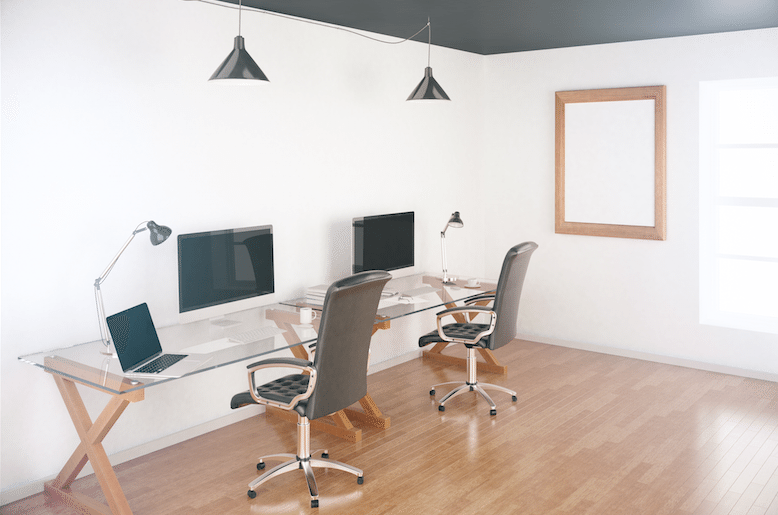In Microsoft’s video series, “The Changing World of Work”, Philip Ross, CEO of Unwork, says, “I go around too many organizational buildings where it feels like a morgue. There is no energy, no pulse. You can hardly see people. So how on earth do you expect energy, innovation, new ideas and innovation to happen? Half the rooms are empty, but you can’t book a meeting room to come together.”
Raise your hand if you’ve spent countless hours in dreary cubicles on labyrinthine office floors that seem to have more empty hallways than actual space. We all know exactly what Philip is talking about.
That’s why most of us have made the move to coworking spaces instead. But, as futurist Alex Soojung-Kim Pang notes in another part of the video series:
“If you look at the design of offices today, there has been a move toward openness and flexibility. The idea is that it fosters communication between people and allows people to be more collaborative. And that is absolutely essential for any kind of creative activity—but it’s not sufficient.”
I work at a startup, and I’m sure just about everyone in the startup crowd can relate. Today, 70 percent of employees work in open-concept offices, which can be great for your social life, but terrible for your concentration. Some studies have found that open-plan offices can actually make employees less productive.
Whether you’re in an austere corporate environment or a frenetic coworking space, you need to avoid these three productivity killers:
Lack of independence and privacy
If you’re a senior consultant, “solopreneur,” life coach, therapist, etc., a coworking space may seem like an affordable investment on paper, but may not make the most sense for your client meetings or your lifestyle.
Multiple studies have shown that people need dedicated spaces to concentrate and contemplate, and to restore themselves and relax. That means a quiet space, which 77 percent of employees prefer when they need to focus. Anyone who works at a WeWork knows what I’m talking about—some managers will pay for the privilege of silence, booking meeting rooms for solo work.
Being able to concentrate and contemplate also means not constantly being under supervision. As independent, creative problem solvers, we entrepreneurs need the ability to seamlessly move between collaborative work and individual work.
Also on StartupNation.com: Boost Productivity by Changing Your Office Design
Consistent noise and distractions
According to the 2013 U.S. Workplace Survey by Gensler, 53 percent of employees are disturbed by others when trying to focus, which translates to roughly six out of every 10 tasks. Even worse, office workers are interrupted 29 percent more than those in private offices.
Speaking of disruptions, 12 minutes and 40 seconds is the average time spent on a task before you’re interrupted by an obnoxious sales call next door or a YouTube video on blast. It then takes you 25 minutes and 26 seconds to get back to what you were doing—that’s more than twice the amount of time you were actually being productive!
On average, we lose approximately two hours per day to distractions. These daily interruptions are estimated to cost the U.S. economy $588 billion annually.
On the other hand, employees who can find a quiet space to focus are 88 percent more effective at learning in the workplace, 57 percent better at collaborating and 31 percent more likely to be innovative and satisfied with their job.
Cramped and dirty offices
According to Gensler, 36 percent of employees get work done in a place that’s isolated and quiet, while 43 percent get work done in a place that’s very comfortable, where they can relax. The top features employees look for in a work environment are:
- Peace and quiet
- Beautiful, inspirational surroundings
- Privacy
- Amenities that support tasks
So not only do workspaces have to be quiet, they need to be designed for comfort and relaxation, which in turns leads to lower levels of stress and a higher chance of innovation.
Big tech companies like Google, Facebook and Apple get this on a very instinctive level. They create palatial open spaces with dedicated nooks and crannies for quiet work, as well as comfy furniture, tons of amenities and even “silly” spaces (like Google’s ball pits) just for employees to relax.
We could all use a little more peace and quiet
Our work environments can be designed in such a way that help mitigate distractions and shape the behavior of the people who are coming to work every day. They can prime us to stay more mindful and in the moment and enhance the interactions we have with our colleagues. They can make us more productive—and contented—than we ever imagined. It’s up to us to create it together!






